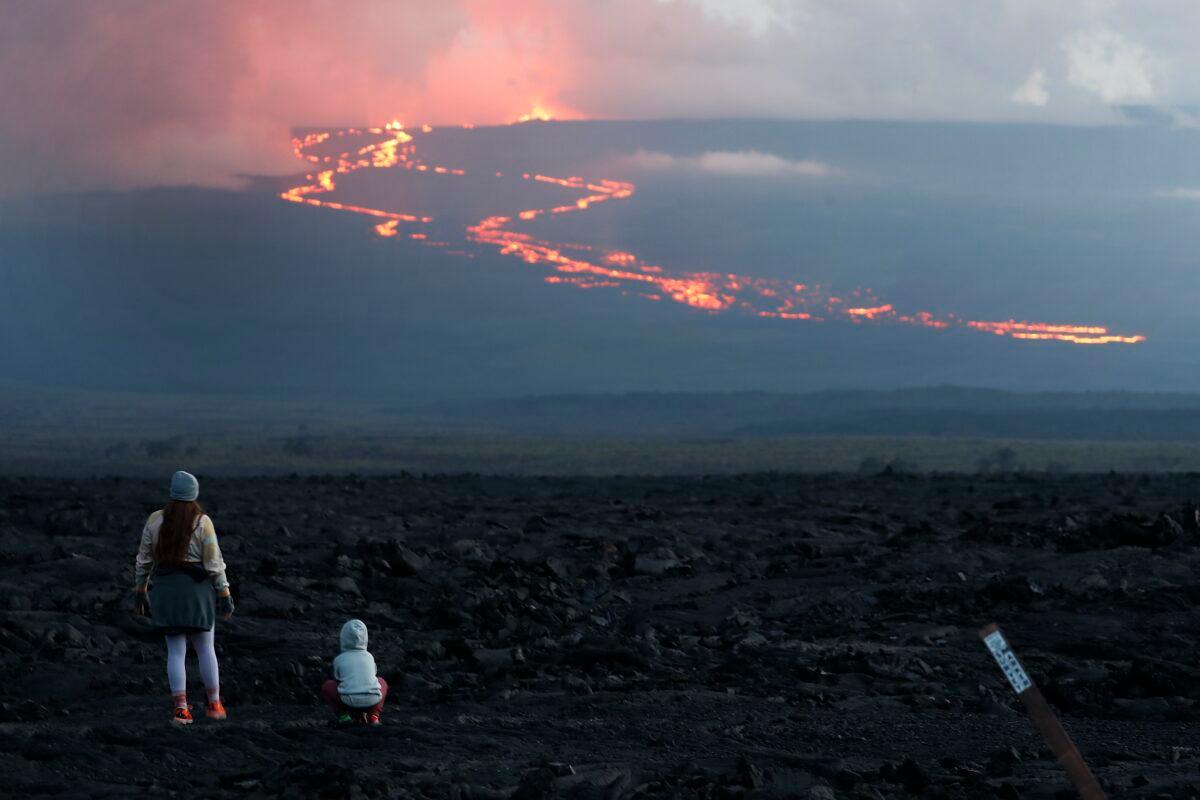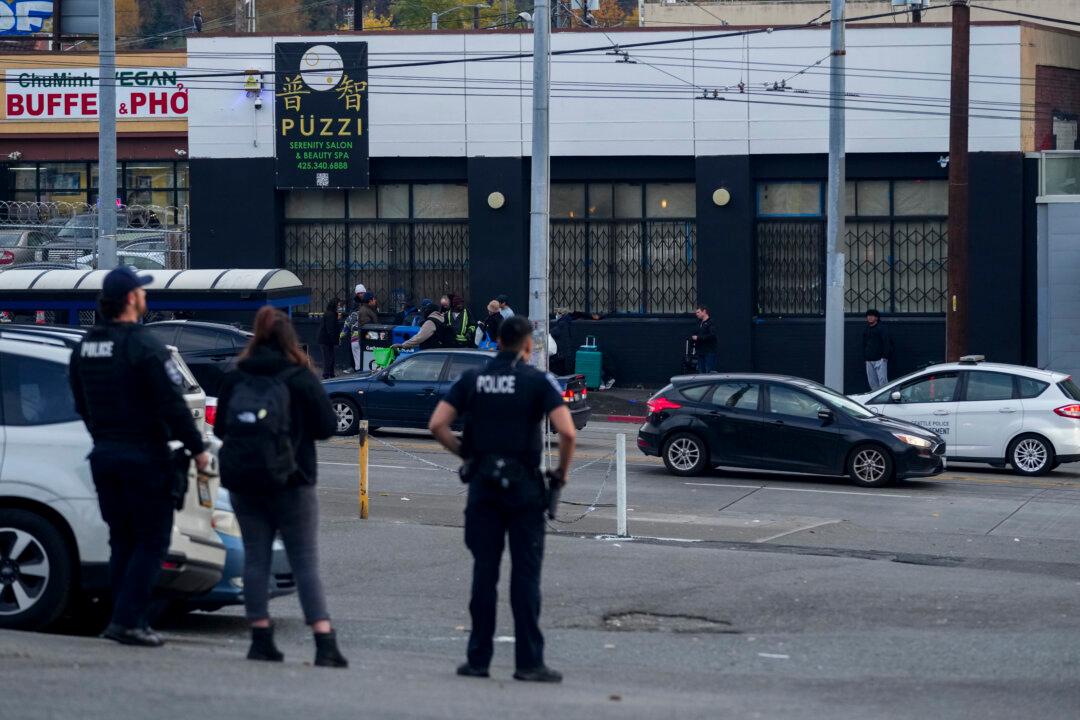The Kilauea volcano in Hawaii started to erupt inside its summit crater on Thursday, officials announced in a volcanic activity notice, less than two months after the world’s largest active volcano, Mauna Loa, erupted for the first time since 1984.
In its latest update, the USGS noted that the volcano’s lava fountains have “reached as high as 150-plus feet in the air,” adding that lava is contained within the crater.
The eruption will cause no threat to communities. Kilauea’s summit is located inside Hawaii Volcanoes National Park, which is away from any residential areas.
The USGS, which also tracks earthquakes, said that it raised the volcano alert level from “WATCH” to “WARNING” and also changed its aviation color code from “ORANGE” to “RED.”
The agency boosted the alert level and aviation color code to the highest possible level due to signs that magma was moving below the summit surface, an indication that the volcano might erupt.
“Vog creates the potential for airborne health hazards to residents and visitors, damages agricultural crops and other plants, and affects livestock,” the agency stated in a hazard notification report.
Prior Eruptions
Kilauea is one of the world’s most active volcanoes and last erupted for 16 months starting in September 2021.In 2018, Kilauea had a major eruption that destroyed more than 700 homes and displaced thousands of residents. Before that eruption, the volcano had been slowly erupting for decades, but mostly not in densely populated residential areas.
Both volcanoes stopped erupting at about the same time. To this day, it still remains unclear what connection there could be to the volcanoes stopping their eruptions around the same time. The volcanoes can be seen at the same time from multiple spots in Hawaii Volcanoes National Park near Kilauea’s caldera.
During the twin eruption, visitors to Hawaii Volcanoes National Park were able to see lava from both eruptions at the same time.


“It was a beautiful eruption, and lots of people got to see it, and it didn’t take out any major infrastructure and most importantly, it didn’t affect anybody’s life,” said Ken Hon, the Hawaiian Volcano Observatory’s scientist in charge.
Mauna Loa lava didn’t pose a threat to any communities, but got within 1.7 miles of a major highway connecting the east and west sides of the island.
The observatory planned to continue monitoring the volcanoes for signs of renewed activity. Hon previously said there is generally a three-month “cooling off” period before scientists consider an eruption to be complete.





